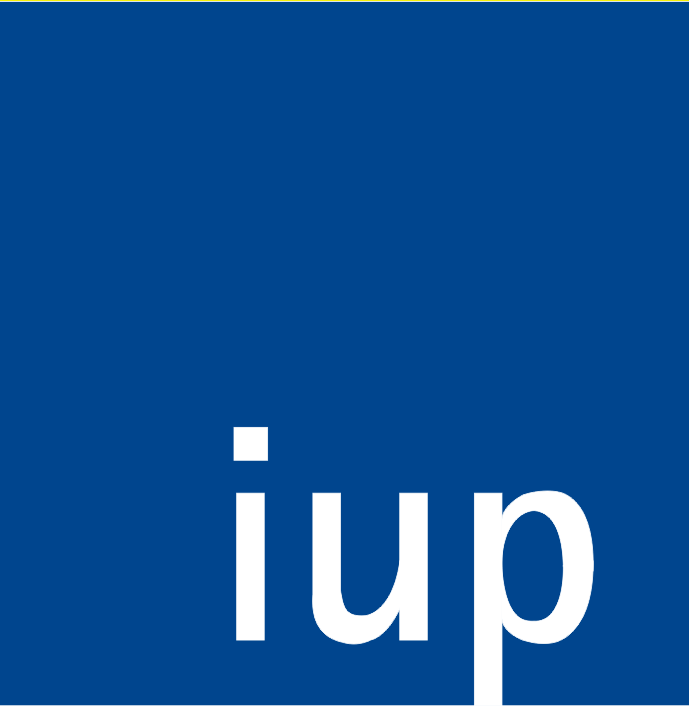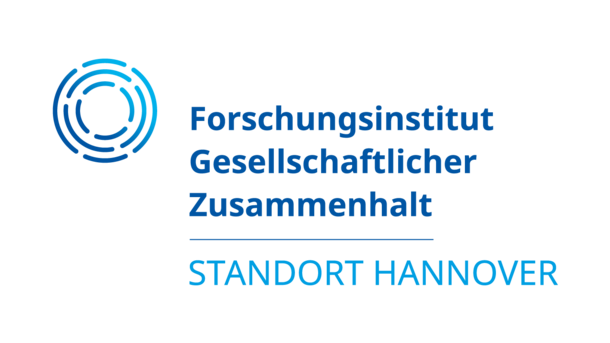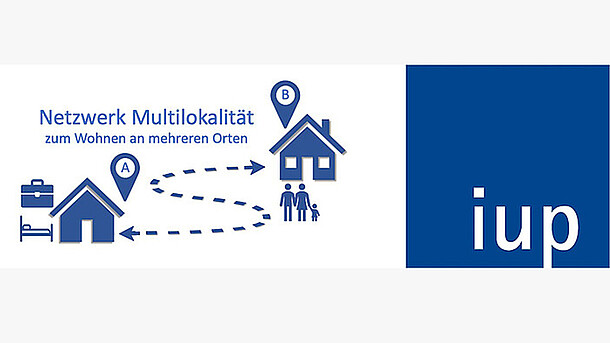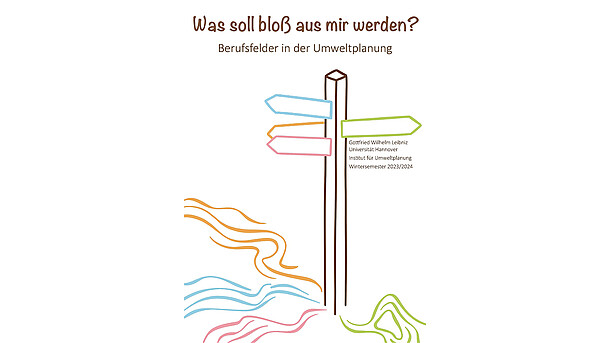Workshop mit Ergebnissen aus der Forschung zum gesellschaftlichen Zusammenhalt

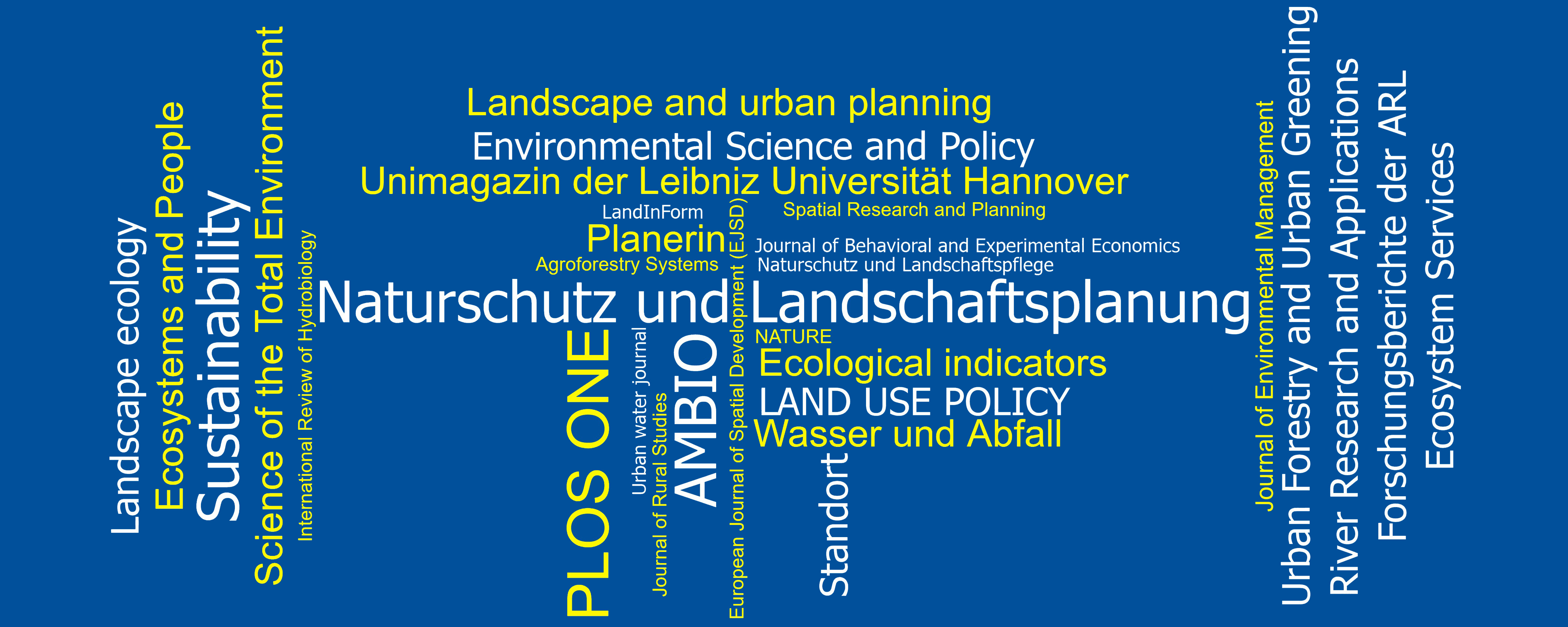

SEARCH FOR PUBLICATIONS
Showing results 1 - 20 out of 1372
2024
Chen, Z., Hermes, J., & von Haaren, C. (2024). Mapping and assessing natural soundscape quality: An indicator-based model for landscape planning. Journal of Environmental Management, 354, Article 120422. Advance online publication. https://doi.org/10.1016/j.jenvman.2024.120422
Hack, J., Ojeda-Revah, L., Rubí, M. P., Pradilla, G., Borbor-Cordova, M., Burgueño, G., Eleuterio, A. A., Rivera, D., & Vásquez, A. (2024). Avances de infraestructura verde urbana para la gestión de agua en América Latina. Cuadernos de Geografía: Revista Colombiana de Geografía, 33(1). https://doi.org/10.15446/rcdg.v33n1.101947
Hack, J., Gehrmann, S., & Wesemann, M. (2024). Wassersensible Stadtgestaltung: Innovative Klimawandelanpassung mit Regen- und Grauwassermanagement im Forschungsprojekt Resource:Mannheim. fbr-Wasserspiegel, 2024(2), 6-12. Article 2. Advance online publication.
Marchetti, S., Secondi, L., & Vargas Lopez, A. (2024). Comparison of Two Different Approaches to Measuring Economic Vulnerability to Food Insecurity: An Application to Mexico Using Official Data. Social Indicators Research, 172(1), 147-162. Advance online publication. https://doi.org/10.1007/s11205-023-03303-6
Schulze, C., Zagórska, K., Häfner, K., Markiewicz, O., Czajkowski, M., & Matzdorf, B. (2024). Using farmers' ex ante preferences to design agri-environmental contracts: A systematic review. Journal of Agricultural Economics, 75(1), 44-83. https://doi.org/10.1111/1477-9552.12570
Thiele, J., Wiehe, J., & von Haaren, C. (2024). Participation 3.0 in the implementation of the energy transition - Components and effectiveness of an interactive dialogue tool (Vision:En 2040). PLoS ONE, 19(3), Article e0299270. https://doi.org/10.1371/journal.pone.0299270
Vollheyde, A-L., & Haaren, C. V. (2024). Agri-ecological dataset from vegetation surveys on organic legume fields in Tuscany, Italy. Data in Brief, 54, Article 110306. Advance online publication. https://doi.org/10.1016/j.dib.2024.110306
Zitzmann, F. (Accepted/in press). Bird use of short rotation coppice strips within a modern silvoarable agroforestry system during the winter season: Comparison of different coppice strip variants and hedgerows. Ornithologischer Anzeiger, 62, 18-30.
Zoch, L., Budig, S. N., & Reich, M. (2024). Sphagnum cultivation sites as habitat for beetles (Coleoptera) and the effect of vegetation structure on species occurrence and abundance. Journal of Insect Conservation, 28(1), 75-88. Advance online publication. https://doi.org/10.1007/s10841-023-00524-5
2023
Acharki, S., Taia, S., Arjdal, Y., & Hack, J. (2023). Hydrological modeling of spatial and temporal variations in streamflow due to multiple climate change scenarios in northwestern Morocco. Climate Services, 30, Article 100388. https://doi.org/10.1016/j.cliser.2023.100388
Bonilla Brenes, J. R., Morales Mora, M., Vega, R. O., & Hack, J. (2023). Integrated development of Nature-Based Solutions (NBS) for tropical urban watershed restoration. In H. Habersack, M. Tritthart, & L. Waldenberger (Eds.), Proceedings of the 40th IAHR World Congress (pp. 2720-2729). (Proceedings of the IAHR World Congress). International Association for Hydro-Environment Engineering and Research. https://doi.org/10.3850/978-90-833476-1-5_iahr40wc-p1202-cd
Brendler, V., & Fücker, S. (Accepted/in press). Energiewende im Dialog: Zur Kopplung von politischer Beteiligung und dialogischem Wissenstransfer. In Forschungsbasierter Wissenstransfer und Gesellschaftlicher Zusammenhalt Campus-Verlag.
Brenes, R. B., Morales, M., Oreamuno, R., & Hack, J. (2023). Variation in the hydrological response within the Quebrada Seca watershed in Costa Rica resulting from an increase of urban land cover. Urban water journal, 20(5), 575-591. Advance online publication. https://doi.org/10.1080/1573062X.2023.2204877
Brenner, J., Schmidt, S., & Albert, C. (2023). Localizing and prioritizing roof greening opportunities for urban heat island mitigation: insights from the city of Krefeld, Germany. Landscape ecology, 38(7), 1697-1712. Advance online publication. https://doi.org/10.1007/s10980-023-01644-8
Burth, A., Brenner, J., & Egger, M. S. (2023). Einnahmeentwicklung und geographische Verbreitung der Zweitwohnungsteuer. Zeitschrift für Kommunalfinanzen, 73(11), 241-246.
Chapa, F., Perez Rubi, M., & Hack, J. (2023). A Systematic Assessment for the Co-Design of Green Infrastructure Prototypes: A Case Study in Urban Costa Rica. Sustainability (Switzerland), 15(3), Article 2478. https://doi.org/10.3390/su15032478
Chen, C., Loft, L., Sattler, C., & Matzdorf, B. (2023). Developing regional voluntary carbon markets for peatlands: innovation processes and influencing factors. Climate Policy, 23(2), 238-253. Advance online publication. https://doi.org/10.1080/14693062.2022.2160300
Chen, C., Loft, L., & Matzdorf, B. (2023). Lost in action: Climate friendly use of European peatlands needs coherence and incentive-based policies. Environmental Science and Policy, 145, 104-115. Advance online publication. https://doi.org/10.1016/j.envsci.2023.04.010
Ehling, J., Zitzmann, F., Diekmann, L., & Reich, M. (2023). Eine Paludikultur mit Schilf und Rohrkolben in der Etablierungsphase als Lebensraum für Libellen. Libellula, 42(1/2), 27-47.
Elliott, T., Thompson, A., Klein, A. M., Albert, C., Eisenhauer, N., Jansen, F., Schneider, A., Sommer, M., Straka, T., Settele, J., Sporbert, M., Tanneberger, F., & Mupepele, A. C. (2023). Abandoning grassland management negatively influences plant but not bird or insect biodiversity in Europe. Conservation Science and Practice, 5(10), Article e13008. https://doi.org/10.1111/csp2.13008
Members of the Institute of Environmental Planning publish additional datasets connected to publications and reserach projects. The link takes you to the research portal of Leibniz Universität Hannover, which lists these datasets and links to their location on the web. The datasets are primarily open-access.
